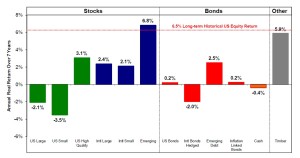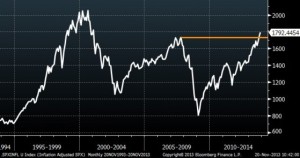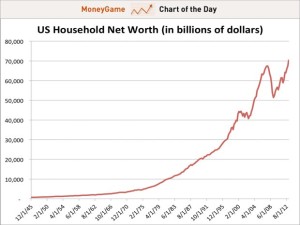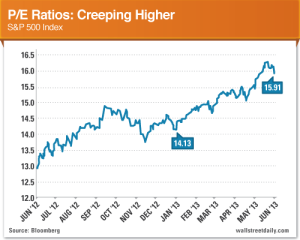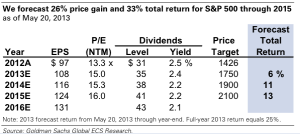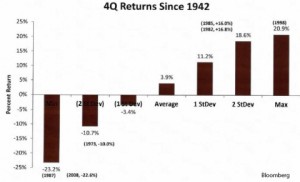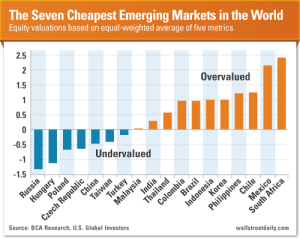Uncategorized
Disclosure, Terms & Conditions
Endowment Wealth Management® Inc. (“EWM”) is an SEC registered investment adviser (RIA) serving clients throughout the United States. EWM and its representatives are in compliance with the current registration filing requirements imposed upon state registered investment advisers by those states in which EWM maintains clients. EWM may only transact business in those states in which it is registered, or qualifies for an exemption or exclusion from registration requirements.
Appleton (WI) Headquarters:
W6272 Communication Ct.,
Appleton, WI 54914 Map
Ph. (920) 785-6010
Fax (920) 227-0521
Chicago (IL) Office:
360 Chicago Bldg. (Former John Hancock Bldg.)
875 N. Michigan Ave Suite 3100
Suite 3100 Chicago, IL 60611 Map
Ph. (312) 373-3850
Green Bay (WI) Office:
2300 Riverside Dr.
Green Bay, WI 54301 Map
Ph. (920) 785-6010
Fax (920) 227-0521
Hilton Head Island (SC) Office:
110 Traders Cross
Okatie, SC 29909 Map
Ph. (920) 915-4000
Madison (WI) Office:
Regus Complex
2810 Crossroads Dr. Suite 4000,
Madison, WI 53718 Map
Ph. (608) 819-5899
Milwaukee (WI) Office:
Regus Complex
N19 W24400 Riverwood Dr. Suite 350,
Waukesha, WI 53188 Map
Ph. (262) 832-3827
© 2025 Endowment Wealth Management, Inc.. All rights reserved.

